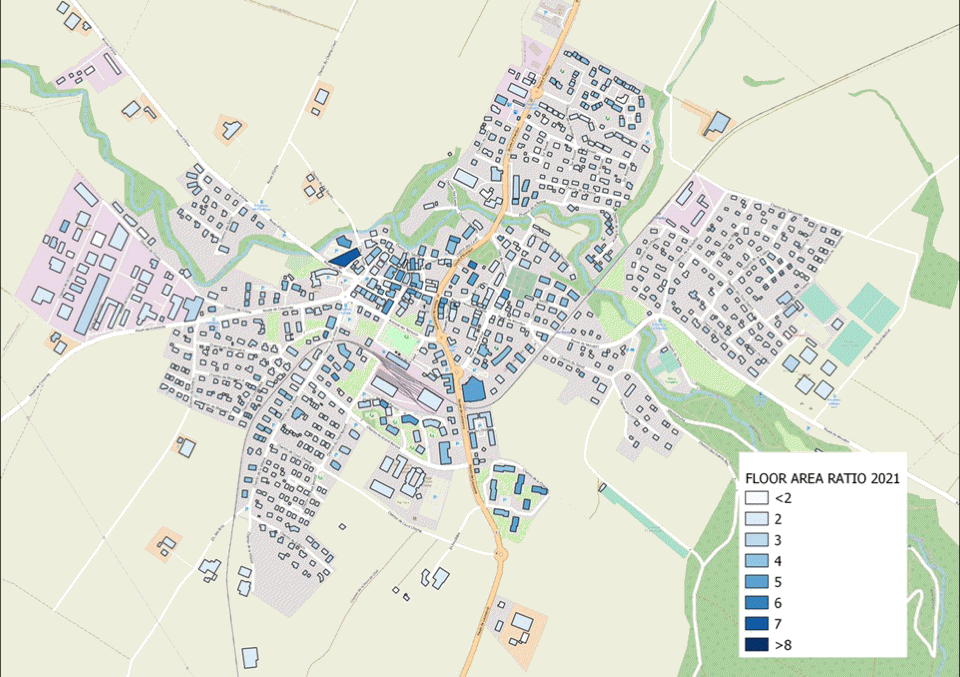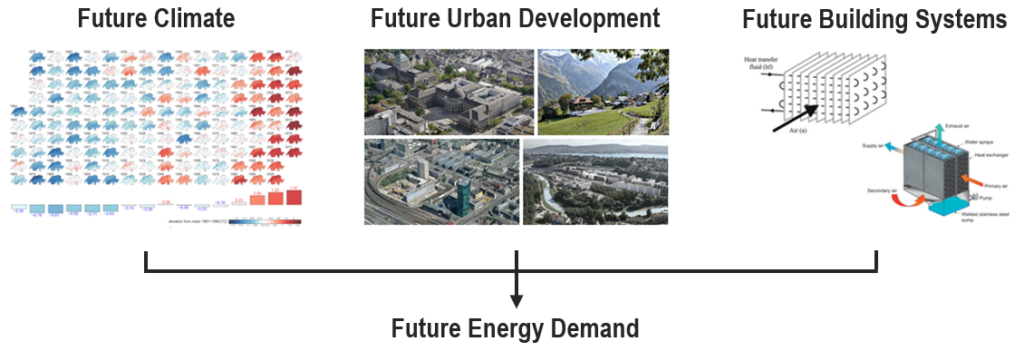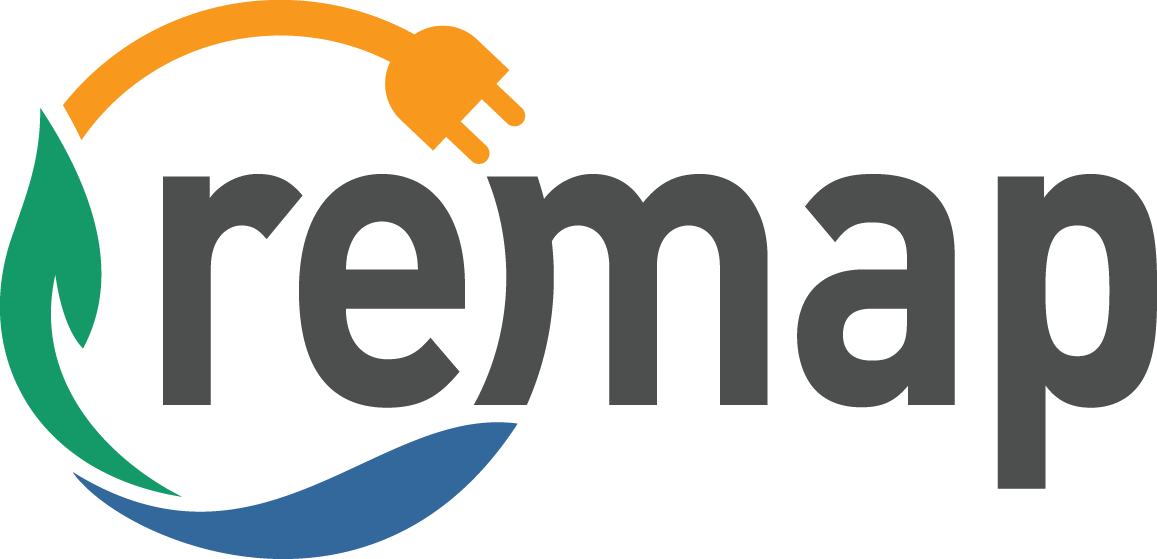Projects
Virtual Neighborhood Load Emulation

The objective of sub-task 3.4 is to develop future scenarios of archetypical neighborhoods for electrical and thermal load emulation. As energy infrastructures are planned for long-term usage, it is important to consider energy demand scenarios over the life-time of the installed technologies (20 – 50 years). We develop future scenarios take into account three aspects of future development, which are climate change, urban development, and advances in building systems. The future energy demand scenarios of these archetypical neighborhoods will allow other ReMaP partners to test the integration potential of decentralized technologies into future neighborhoods.

In line with the transition towards decentralized energy supply systems, energy demand scenarios at the district scale are necessary to design energy systems at buildings and districts simultaneously. Case studies of district archetypes are derived based on literature studies and data availabilities from local planning offices. The archetypes each represent an urban, sub-urban, and rural setting. For each selected case study, we use official spatial development plans as well as existing research on urbanization trends in Swiss settlements to project future urban development trends. Relevant parameters that affect energy demand are population change rate, occupancy density, building density, and building uses. (see figure below)

Transformations in building systems include retrofitting building envelopes and upgrading building technologies that provide space heating, space cooling, and electricity to buildings. Detailed building renovation strategies have been studied considering policy targets in 2050. To reflect the transformation in building systems together with climate change and urban development, the challenges lie in incorporating cooling technologies and considering uncertainties factors in the actual implementation to address the performance gap. Finally, we extend Urban Building Energy Models (UBEM) and building system models in the urban energy modeling environment ‘City Energy Analyst (CEA)’ to depict future scenarios in Switzerland.
Please contact Arno Schlüter or Shan-Shan Hsieh for further information.
